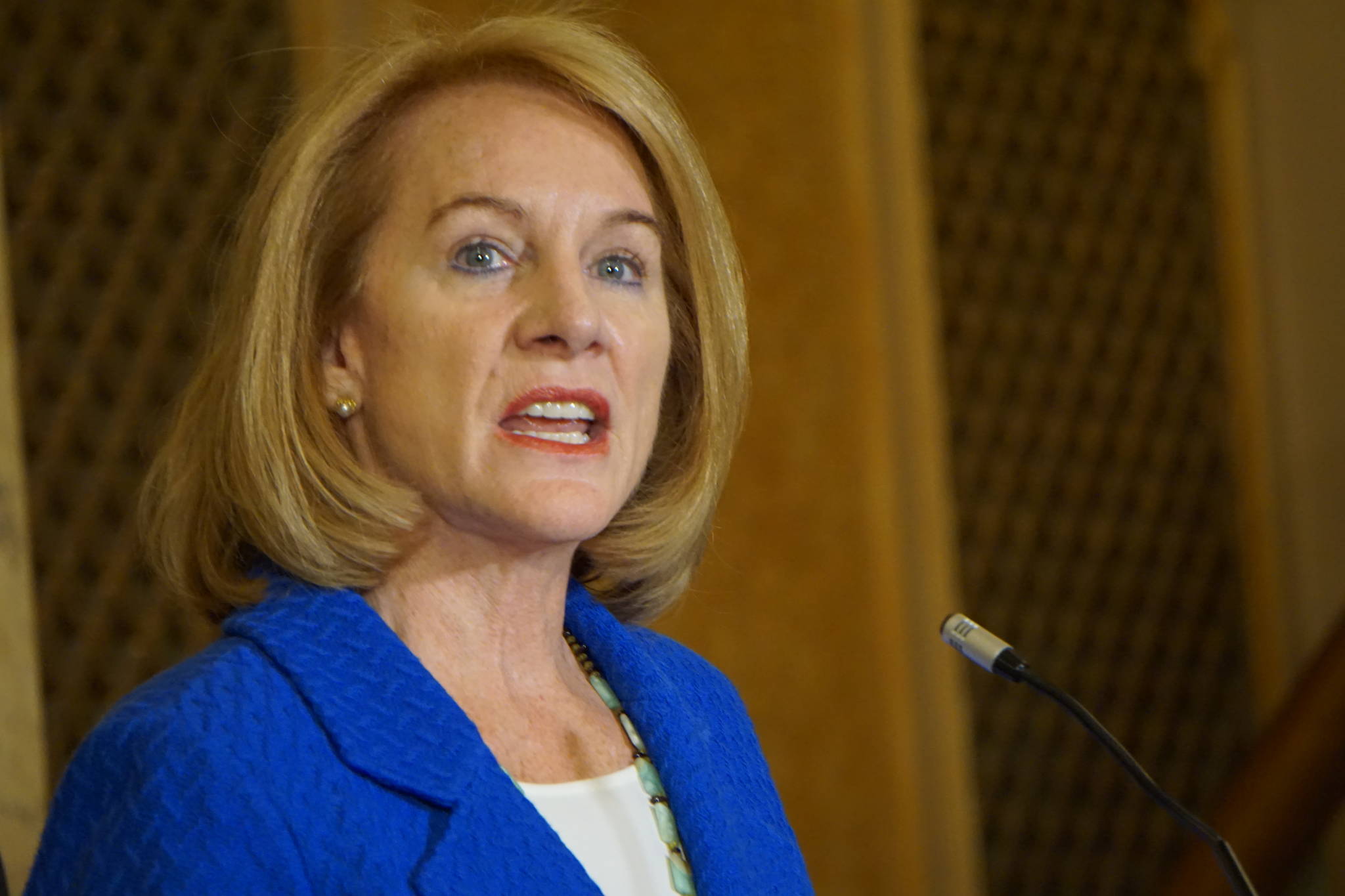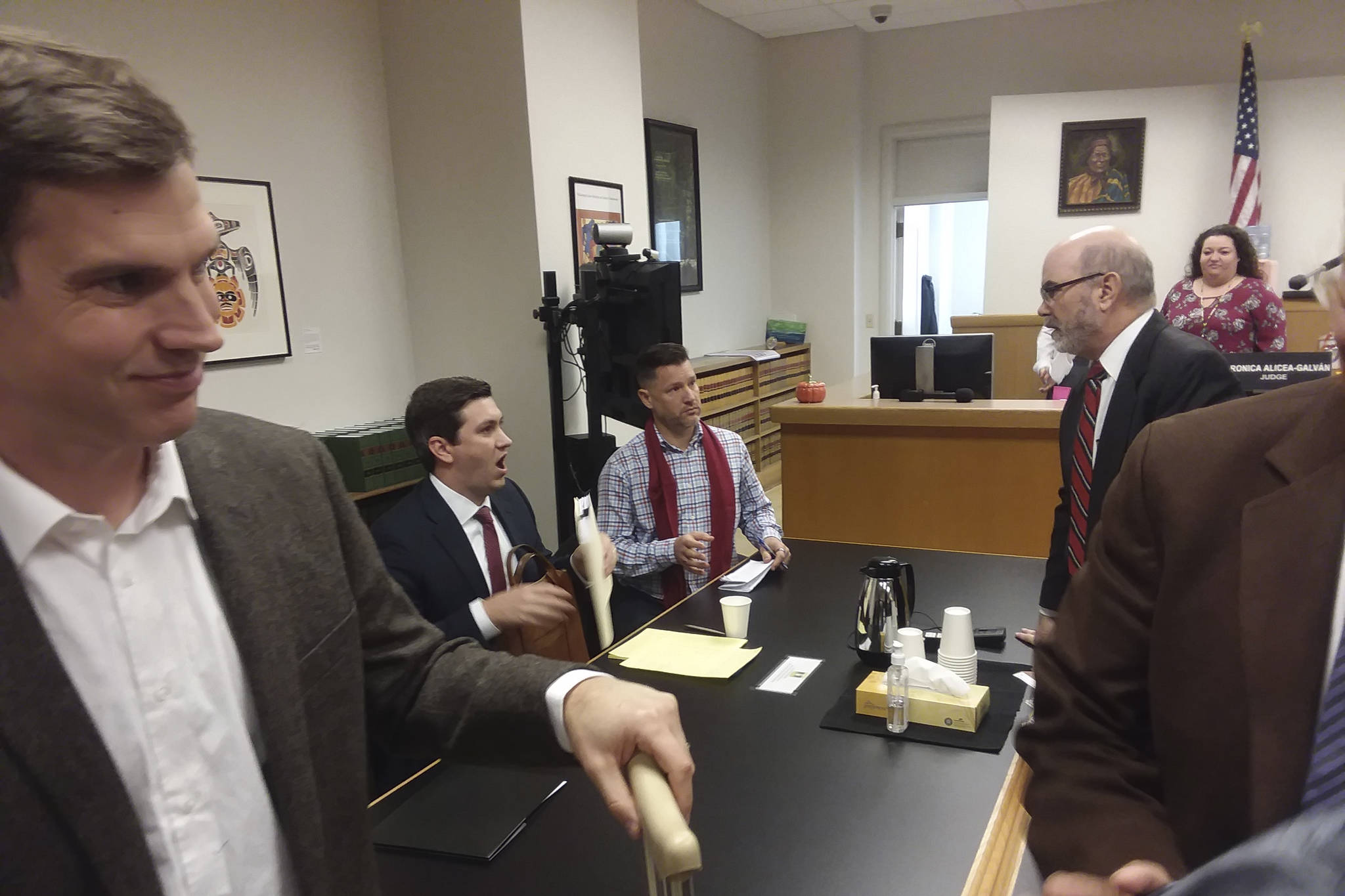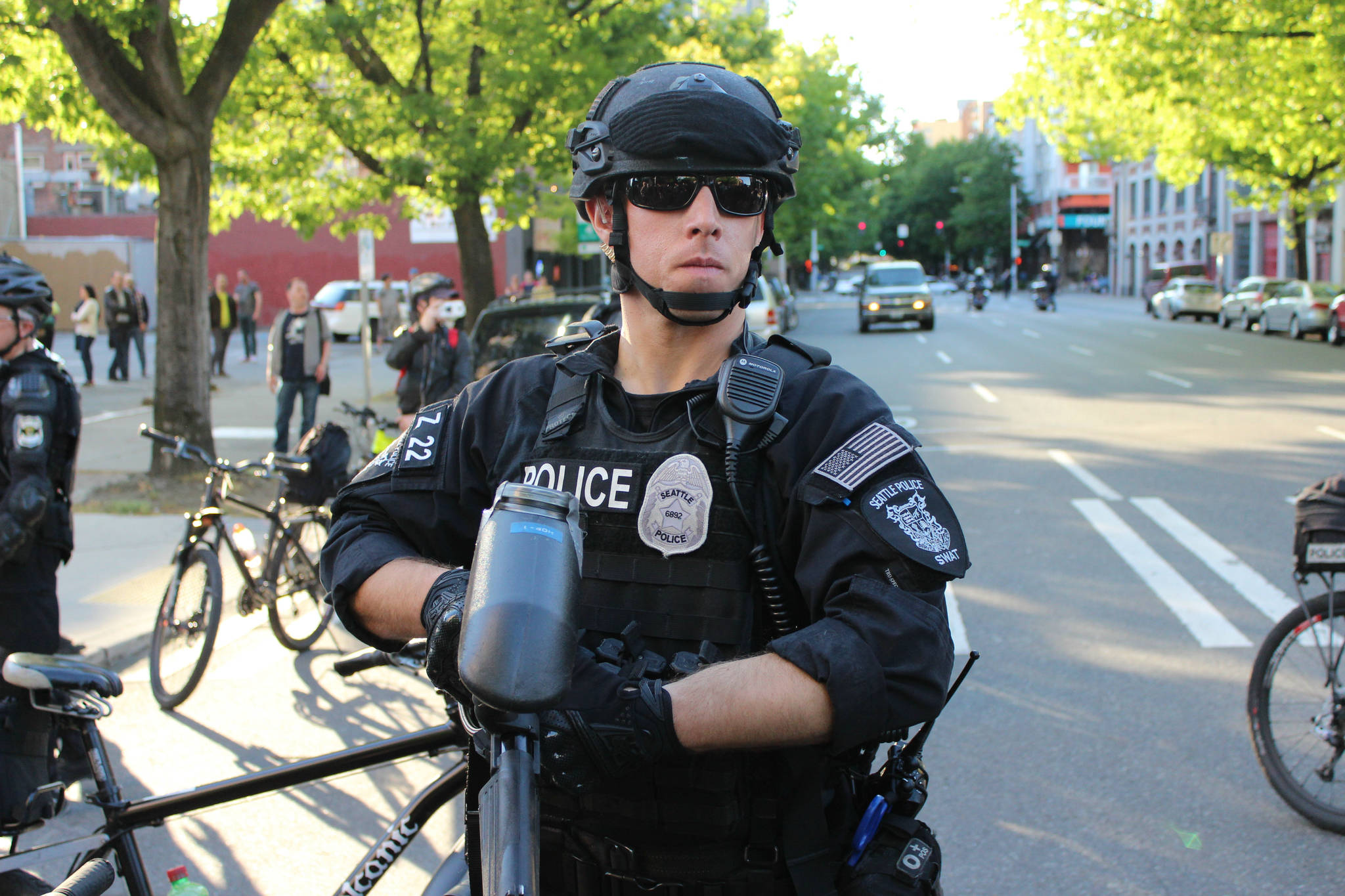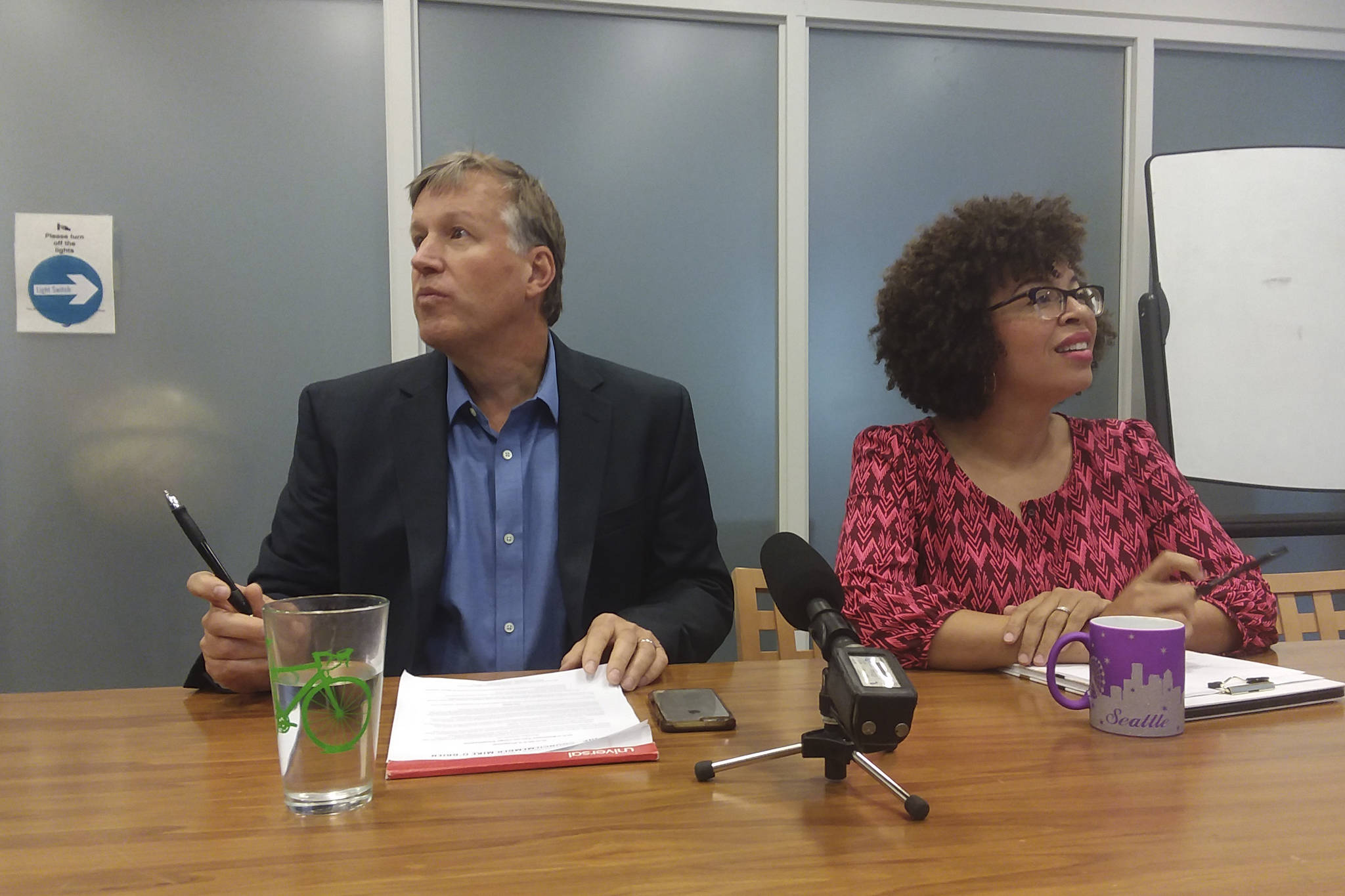King County’s budget has been bleeding out for more than a decade, largely thanks to a state law capping property tax increases by local governments at one percent per year, which is less than the rate of inflation. But a new bill that got its first hearing in the state legislature this morning could change that.
Today, legislators in the state House of Representatives considered HB 1764, which would allow the state and local governments (including counties) to raise taxes annually by enough to keep up with inflation and population growth. The bill, sponsored by three Republicans and eight Democrats, would not get rid of the state-imposed cap on county tax increases. But it would tie that cap to measures of both population growth (more people mean more need for services) and inflation (each tax dollar buys less each year). The hope is that the new cap keeps taxation stable from year to year, rather than the current slow-bleed that keeps county leaders “coming up with efficiencies and cuts, year after year,” says King County Councilmember Joe McDermott.
Rep. Noel Frame (D-36), one of HB 1764’s co-sponsors, says that one of the highest priorities she’s heard from King County officials is lifting the tax cap to correspond to changes in the economy and population. “They basically said,” she says, “if we were allowed to do one percent plus population change and inflation, we would not have a deficit.”
Here’s an explainer from King County’s budget director of the problem we face here:
The story of the current one percent cap begins in 1999. That year, state voters approved I-695, an initiative backed by anti-tax crusader Tim Eyman. The initiative axed a state car tab fee and required public votes on all future tax increases. The following year, a judge ruled I-695 unconstitutional because it conflated two different subjects. Later that year the governor and legislature repealed the car tab tax anyway, and Eyman got voters to approve I-722, which also cut taxes and limited property tax increases. In 2001, that second initiative was also ruled unconstitutional for the same reasons.
In 2001, state voters approved Eyman’s I-747 in a landslide. It required state and local governments to go to voters if they wanted to increase property taxes by more than one percent per year, effective December 2001. A lengthy appeal process followed, but finally in 2007 the state Supreme Court struck down the law in a 5-4 decision, saying its ballot text misled voters. Under perceived political pressure, state legislators immediately re-instated the one percent cap. “We have a compact with voters,” Rep. Brendan Williams, D-Olympia, told the Seattle PI at the time. “When voters legislate, we need to respect their work, too.”
Technically, local governments could raise sales and use taxes or property taxes by more than one percent, as long as they got voter approval. But there was a catch: any such funds voters approved could not be used to “supplant existing funds.” Part of the definition of “existing funds” includes “actual operating expenditures”—in other words, the cost of existing programs. In short, local governments could ask taxpayers for money to construct a new building or to rebuild after a natural disaster, but couldn’t ask for money to fund existing programs or to maintain existing buildings.
Obviously, this is ridiculous. A tax code that gradually bleeds operating funds while encouraging expansion is not sustainable. So in 2009 state legislators wrote a loophole exempting counties with fewer than 1.5 million people from this fiscal catch-22. The only county in the state with more than 1.5 million people? King County.
The 15-year-old tax cap, and the eight-year-old loophole for every other county in the state, is a source of much teeth-gnashing for the King County council and executive Dow Constantine, who year after year face a “structural gap”—the increasing chasm between growing costs and eroding revenues. The one percent cap is the reason for all those annual capital levies (that is, property taxes to fund construction projects) and sales taxes that pester city and county voters like a ground hog with a gambling problem: Best Start for Kids ($392 million over six years), the Veterans and Human Services levy (roughly $105 million over five years), the Mental Illness and Drug Dependency sales tax ($134 million every two years), the Children and Family Services Center (aka youth jail) capital levy, and a bunch of fire station and school levies.
Those levies and taxes aren’t enough to bridge the structural gap. Since 2008 the King County prosecutor’s office has cut 62 employees, including lawyers and advocates, according to spokesperson Lisa Manyon. That’s led the prosecutor’s office to try and reduce its caseload by downgrading or ignoring some cases, she says. There are currently about 500 cases waiting for review by a prosecutor; that backlog used to be zero. Another victim of the budget bleed, according to Jeff Duchin, Health Officer with Seattle/King County Public Health: communicable disease prevention programs.
UPDATE
This morning’s hearing on raising the one percent tax cap went down pretty much how you’d expect: lots of city and county officials (from King and elsewhere) testified to Rep. Lytton’s finance committee meeting about the crushing deficits they face, while Tim Eyman and some business and landlord advocates spoke against it. On the other side of the podium, Democratic Reps. Larry Springer and Noel Frame asked arguments-phrased-as-questions in support of lifting the tax cap and Republican Reps. Cary Condotta, J.T. Wilcox and Ed Orcutt asked arguments-phrased-as-questions in opposition (see the tweet below, for example). The meeting adjourned without taking any action.
"What are you guys doing that's so wrong" that you can't get voters to give you more money? -Orcutt
— Casey Jaywork (@CaseyJaywork) February 10, 2017
This post has been updated.







